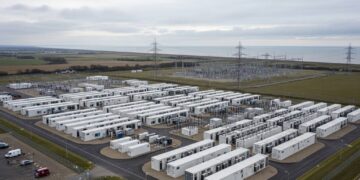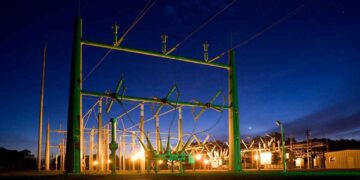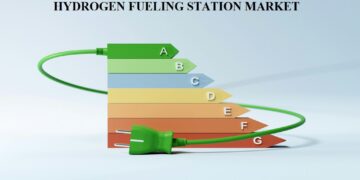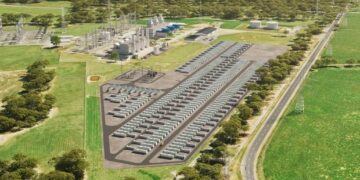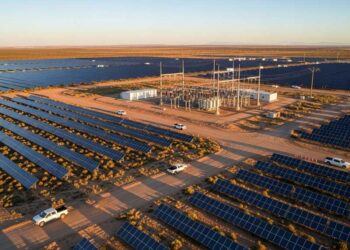As more and more countries move to renewable energy, their power networks are facing problems at different stages of development. Energy storage systems (ESS) are becoming increasingly used in a number of circumstances to meet these shifting needs.
Grid-forming technologies are becoming an essential and necessary way for global power networks to change over time as solar and wind energy grow more popular. The first place to employ Huawei FusionSolar’s Grid-Forming Energy storage systems technology was in the Middle East in the Red Sea. This is a huge step forward in this field. The project contains the world’s largest 100% renewable PV-plus-ESS microgrid, which can hold 400 MW of solar PV and 1.3 GWh of ESS. It has been working well for more than 21 months and has given out more than 1 billion kWh of renewable energy.
Huawei’s grid-forming Energy storage systems technologies have been utilised in the Middle East, as well as in Germany, Bulgaria, the Philippines, and China. This demonstrates how committed the firm is to altering the way energy is utilised all across the globe.
At a recent launch event, Huawei introduced the next-generation Smart String Grid-Forming Energy storage systems Platform under its “FusionSolar Strategy.” Steven Zhou, President of the Smart PV & ESS Product Line at Huawei Digital Power, emphasized the company’s long-term vision: integrating “4T technologies”—bit, watt, heat, and battery—to build the digital energy infrastructure of the future.
Zhou outlined three core value propositions of Huawei’s grid-forming approach:
- All-Scenario Grid Forming: Applying grid-forming capabilities across generation, transmission, distribution, and consumption to ensure long-term grid stability.
- Cell-to-Grid Safety: Implementing comprehensive safety measures from the cell level to the grid to protect equipment, personnel, and assets.
- One Matches All: Utilizing an AI-powered PV+ESS collaborative management platform to support diverse business models, enabling energy yield forecasting and automated operational optimization.










